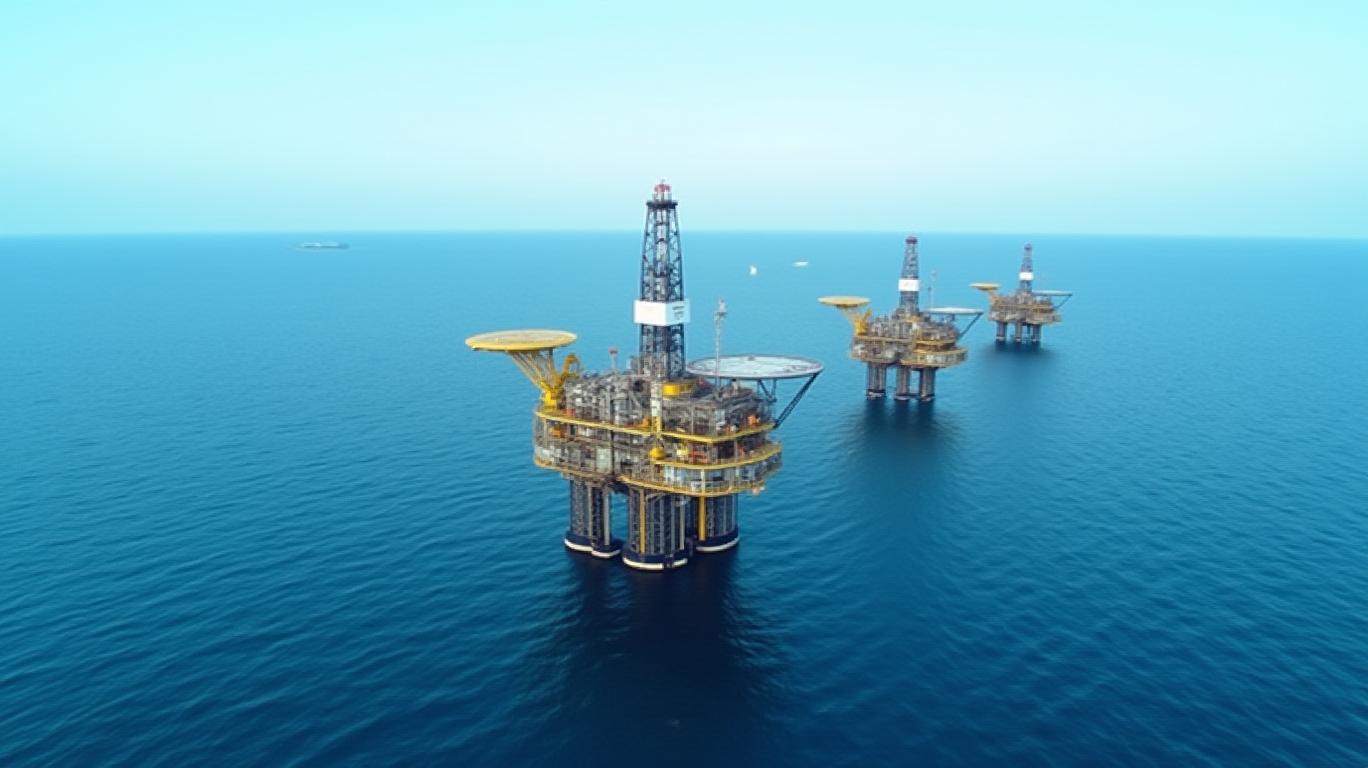Galp Energia's Dividend Playbook: Mastering Tax Efficiency and Timing for Maximum Returns
The energy sector’s volatility has investors seeking stability, and Galp Energia (ticker: GALP) is poised to deliver with its upcoming dividend payment. On May 30, 2025, the Portuguese oil and gas giant will distribute its final 2024 dividend of €0.34 per share, completing a total annual payout of €0.62—a 15% surge from 2023. But the true opportunity lies in how investors can maximize net returns through strategic tax planning and precise timing.

The Split Dividend Structure: A Two-Part Reward
Galp’s dividend strategy is a masterclass in phased returns. The 2024 interim dividend of €0.28 per share, paid in August 2024, was followed by this final tranche, creating a €0.62 total annual dividend—a marked departure from the prior 4% annual growth rate. This shift reflects Galp’s confidence in its low-cost projects, such as the Bacalau oil field in Brazil, which is on track to deliver €400 million in annual cash flow starting in 2025.
The split
offers investors a dual opportunity:1. Tax Efficiency: By spacing payouts, Galp aligns with shareholder liquidity needs while maintaining strict adherence to its 1/3 of operational cash flow (OCF) distribution policy.
2. Capital Allocation Discipline: Proceeds from asset sales—such as the $870 million divestment of Mozambique’s Area 4—further fuel this dividend growth, ensuring sustainability even amid volatile energy prices.
Tax Withholdings: A Critical Layer to Optimize
The dividend’s gross value is only part of the equation. Investors must navigate tax withholdings to maximize net proceeds:
- Individuals in Portugal: A 28% withholding tax applies unless shareholders opt for an IRS aggregation option, reducing the tax burden.
- Corporations: A 25% tax rate leaves a net dividend of €0.2555 per share after the final payout.
- Non-Residents: Beware of a 35% withholding rate unless your jurisdiction has a tax treaty with Portugal. Verify residency status with your custodian before May 26 to avoid penalties.
Timing is Everything: Secure Your Stake by May 28
The ex-dividend date is May 26, 2025, meaning shares must be owned by May 28 (record date) to qualify for the dividend. Investors who delay risk missing the full €0.34 gross payout, which, when combined with the interim dividend, offers a 4.28% annual yield—among the highest in the sector.
Strategic Recommendations for Maximum Returns
- Act Before May 28: Buy shares before the record date to lock in the dividend.
- Opt for Aggregation: Portuguese residents should request IRS aggregation to reduce tax from 28% to their marginal rate, potentially saving €0.0952 per share.
- Verify Residency Status: Non-residents must confirm their custodian has properly documented their tax residency to avoid the 35% rate.
- Pair with Buybacks: Galp’s €250 million buyback program (starting Feb 2025) reduces share count, boosting per-share metrics. Consider holding for capital gains alongside dividends.
Why Galp’s Dividend Model Wins in Volatile Markets
Galp’s low capital intensity (net capex under €0.8 billion annually) and focus on projects with $20/bbl cash breakeven (vs. $70/bbl Brent prices) insulate it from price swings. With refining margins projected at $6/bbl for 2025–2026, cash flows remain robust.
This disciplined approach has already reduced shares outstanding by 6.8% since 2020, amplifying returns for long-term holders. The 4.28% dividend yield now stands as a rare blend of safety and growth in an energy sector rife with uncertainty.
Final Call to Action
The window to secure Galp’s final dividend closes on May 28. For investors prioritizing tax efficiency and dividend yield, this is a rare chance to capitalize on a company with both operational strength and shareholder-friendly policies. Act now—before the market moves on.
In a sector where stability is scarce, Galp’s commitment to returns—paired with strategic tax optimization—makes it a standout play for income-focused investors. Don’t miss the boat.

Comments
No comments yet